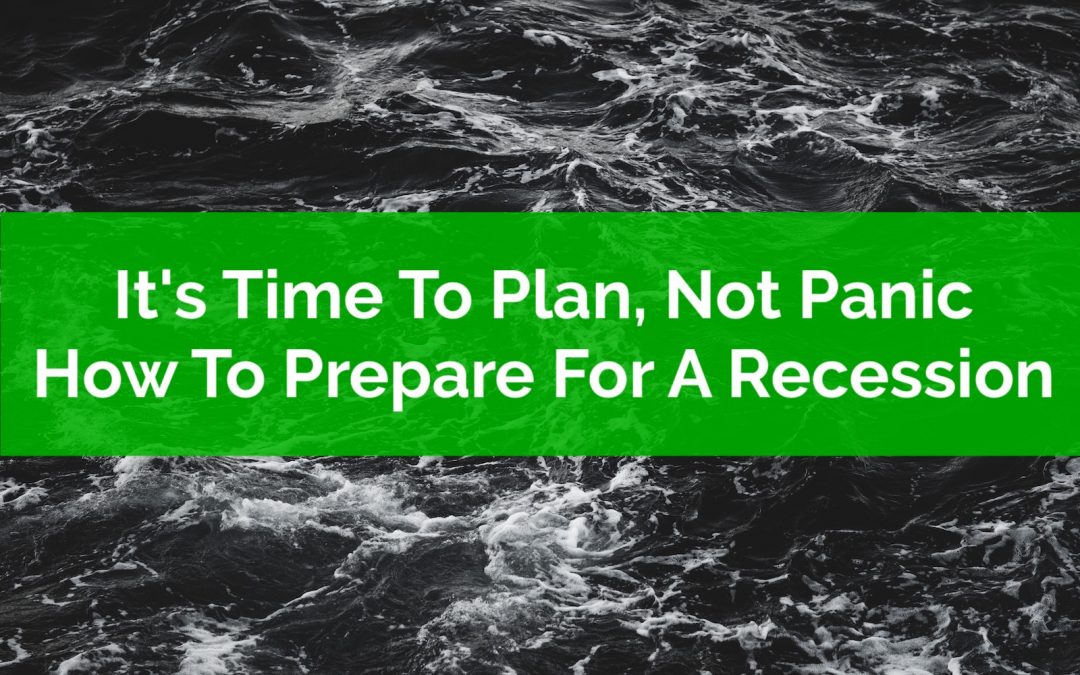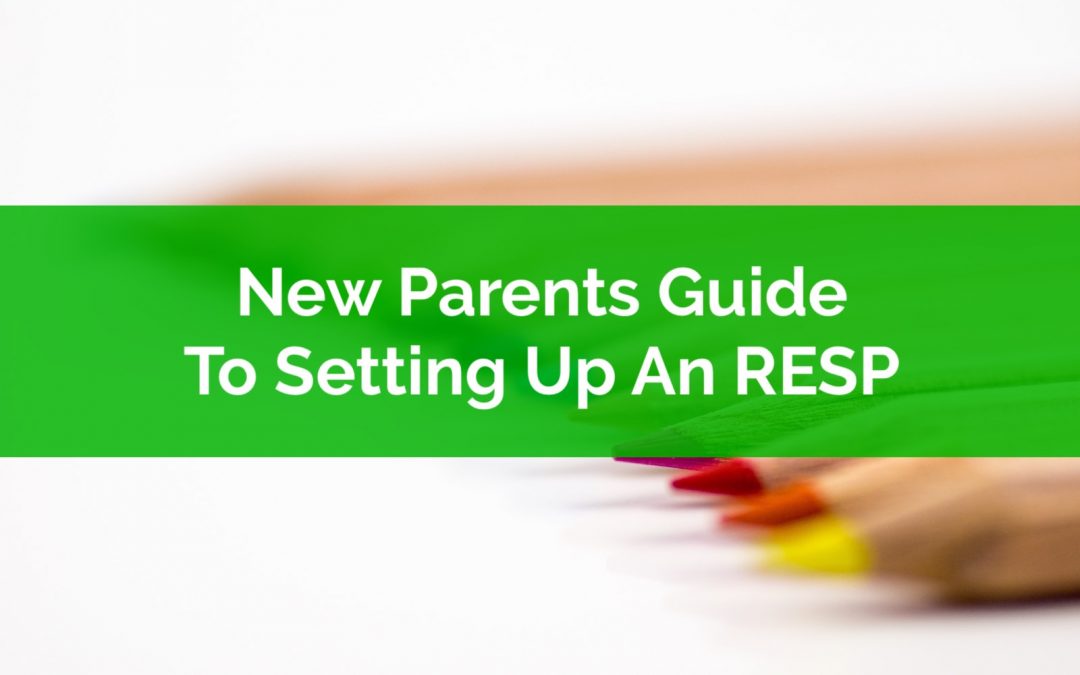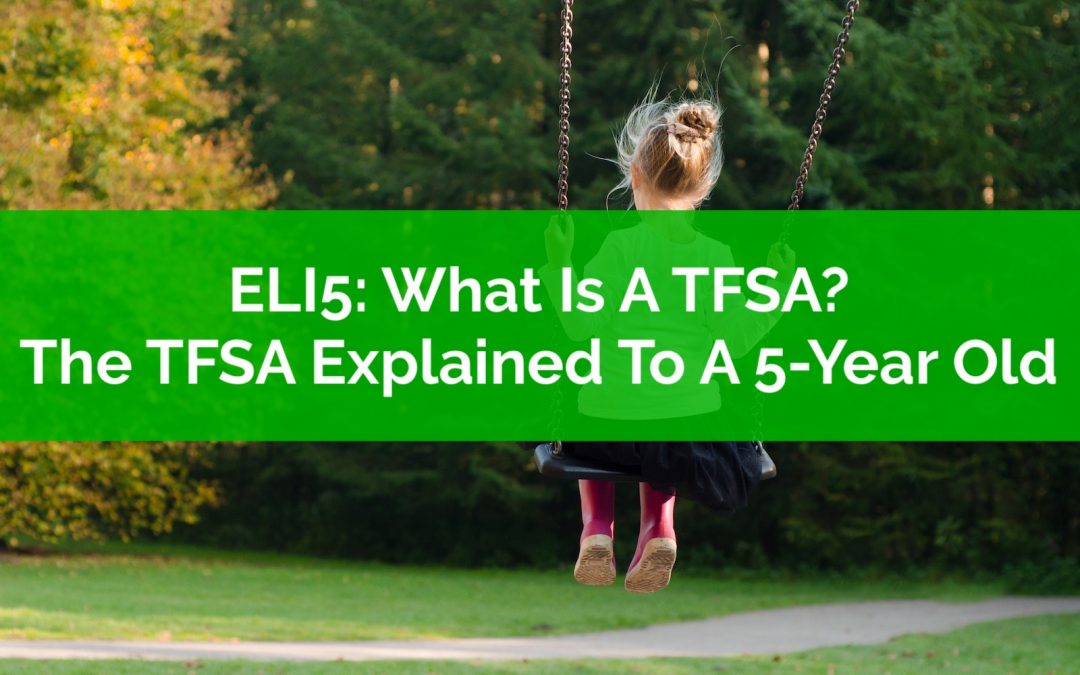
by Owen | Mar 16, 2020 | Behavioral Finance, Budgeting, Emergency Fund, Financial Planning, Income, Investment Planning, Retirement Planning, Saving Money
They say the best time to plant a tree was 20-years ago but the second best time is now.
The same goes for financial planning. The best time to build a plan is before a crisis/recession/depression but the second best time is today. A good financial plan will help ensure that you’re prepared for a recession or financial emergency.
Having a financial plan provides an incredible amount of peace of mind. A good financial plan will already have anticipated a scenario like this and will ensure you’re still successful. It will highlight how to prepare for a recession and what changes you need to make to ensure you are successful over the long-term.
There are a few best practices that can help improve the ‘robustness’ of a financial plan. These are practices you can start using right away, even if they weren’t previously part of your plan.
Some of these best practices focus on behavior. They help manage your financial routine during emotional periods like this. Some focus on flexibility. They ensure that you have room in your plan to absorb the unexpected, whether that be changes in income, changes in expenses, or changes in investment returns.
It doesn’t matter if you’re in retirement, starting a family, or just starting to save and invest, there are a number of ways that you can prepare for a recession that will help you feel better about your finances and your long-term plan.
This post will touch on many of these best practices. These are best practices that we’ve covered in previous posts, so we’ll cover the basics here and link to past posts for more detail.

by Owen | Mar 2, 2020 | Emergency Fund, Financial Planning, Investment Planning, Saving Money
Low risk investments are an important part of every financial plan. There are certain reasons we want to use low risk investments in a plan and there are different types of low risk investments that we may want to consider.
Often we can become too focused on increasing investment return to appreciate the usefulness of a low risk investment. When used appropriately, a low risk investment provides an important source of funds in an emergency, or provides less volatility in our investment portfolio, or provides a psychological advantage that may help us avoid making a behavioural mistake during a downturn.
There are a few places that low risk investments will show up in a typical financial plan. If you haven’t considered these uses for low risk investments then it might be time to get a second opinion on your financial plan…
1. Emergency fund
2. Saving for infrequent expenses
3. Saving for a down payment (Or other short term financial goal)
4. Fixed income portion of an investment portfolio
These are some of the typical uses for low risk investments but what are some good low risk investments to use and which of these uses would they be appropriate for?

by Owen | Feb 17, 2020 | Financial Planning, Investment Planning, RESP/Kids Education
Congratulations! You’re starting a family or have already started a family and through all the craziness of raising children you’re also thinking about setting up an RESP. That’s fantastic!
As a new parent you now get access to a special tax advantaged account called the RESP and it comes with some special features that all parents should take advantage of.
As the name implies, the Registered Education Savings Plan (RESP) is meant to help parents (or relatives) save for a child’s post-secondary education.
There are a few benefits to the RESP that make it attractive to parents. One is that investments inside the RESP are able to grow tax free. The second is that contributions receive a matching grant of up to 20% or $500 per year, whichever is lower. Plus there are even extra grants and learning bonds available for lower income families.
But with all the attractive features of an RESP there are also some restrictions. These restrictions can sometimes be worrisome for parents and cause them to avoid setting up an RESP for their children. In this post we’ll explain what an RESP is, what you’ll need to set one up, some of the terminology you’ll encounter, and finally how to withdraw from your RESP in the future.

by Owen | Jan 27, 2020 | Buying A Home, Down Payment, Financial Planning, Investment Planning, Retirement Planning
When planning to reach a financial goal, one very important aspect is the timeline. How much time do you have until you want to meet your goal? Is it 1-year, 3-years, 5-years, 10-years or maybe it’s a long-term goal like 25+ years.
Your timeline is a very important factor to consider. Your timeline is going to help inform decisions about how much risk you should be taking and the best way to invest.
One common mistake people make is that they make investment decisions without thinking about their timeline. They’re mostly focused on getting the highest return, making the most of their money, and not leaving anything on the table. But they don’t fully appreciate the short-term risk associated with a decision to “maximize returns”.
Over the long-term, taking on more risk can be a smart decision, but over the short-term that extra risk can cause some wild swings.
If you need access to money within a few years then you need to choose a good way to invest short-term.
Maybe it’s for a down payment, or maybe it’s to pay for post-secondary education, maybe it’s to pay for an expensive once-in-a-lifetime trip in retirement, or perhaps it’s a wedding gift for your daughter and soon to be son-in-law. Whatever the reason, if you need access to a large amount of cash within the next 3-5 years then you need a good short-term investment.

by Owen | Jan 13, 2020 | Financial Planning, Insurance And Risk Management
Risk management is an important consideration in any financial plan. There are many risks that must be managed to have a solid financial plan. For example there is investment risk, inflation rate risk, longevity risk… and of course the risk of an unexpected death.
To help reduce the risk of an unexpected death we can use life insurance, but there are many types of life insurance to choose from, so what type of life insurance is right for your situation?
Although it can be difficult to think about, reducing the risk of an unexpected death is very important to consider when creating a long-term plan. This is especially important in certain circumstances. For example, life insurance is extremely important when there are dependents who need to be provided for in the event of an unexpected death, or when there is a large tax liability that could be triggered by an unexpected death.
In this post we’ll explore the different types of life insurance that are available and some of their important features, but first it’s important to understand the purpose behind life insurance.

by Owen | Jan 6, 2020 | Financial Planning, Tax Planning
The Tax-Free-Savings-Account (TFSA) is a great way to save and invest for the future. In our opinion, it’s the best tax advantaged account in Canada, and probably the first tax advantaged account most people should use (versus an RRSP or RESP). But with all the rules it can be very misunderstood.
To get the most out of your TFSA you have to have a good idea of how it works, what the benefits are, and what the limitations are.
The Canadian government introduced TFSAs in 2009 as an incentive to help any Canadians 18 years or older save more money. Although called a “Tax Free Savings Account”, the TFSA is more than an average savings account.
Even though the TFSA has been around for 10+ years, there is still a lot of confusion about how TFSAs work and what the benefits are.
In this post we’ll do an ELI5 for the TFSA (ELI5 = explain it like i’m 5-years old) and share some of the important considerations when using a TFSA.
Page 16 of 19«...1415161718...»






